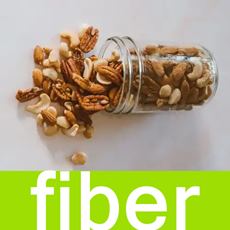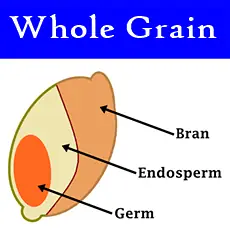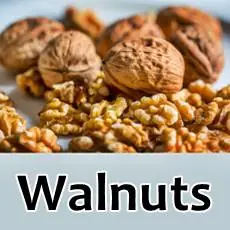Apigenin: a polyphenol that fights cancer
Anticancer effects of Apigenin
Fact Checked
×All the content published in our website is fact checked to validate its accuracy.
Visit our guidelines web page to learn more about our strict processes regarding how we review our content's sources: reliable and reputable journals, media websites, universities, colleges, organizations, and professionals.
Our articles are based on scientific evidence, and the references are included in its footnotes, which are clickable links to sound scientific papers.
First published: 28. Feb.2025
Overview
Plant-based compounds like apigenin, a polyphenol, have potent biochemical effects. This article explores its anti-cancer properties, chemical makeup, adverse effects, bioavailability, and natural sources
About this Article
Apigenin: a polyphenol that fights cancer, A. Whittall
©2025 Fit-and-Well.com. First Published: 28.Feb.2025. Update scheduled for 28.Feb.2028. https://www.fit-and-well.com/fitness/apigenin-against-cancer.html
Tags: apigenin, cancer, polyphenols, flavonoids, flavones, plant-based diet, red wine, chamomile
References and Further Reading
(1) Daneshvar, S., Zamanian, M. Y., et al., (2023). A comprehensive view on the apigenin impact on colorectal cancer: Focusing on cellular and molecular mechanisms. Food Science & Nutrition, 11, 6789–6801. https://doi.org/10.1002/fsn3.3645
(2) Fossatelli L, Maroccia Z, Fiorentini C, Bonucci M., (2024). Resources for Human Health from the Plant Kingdom: The Potential Role of the Flavonoid Apigenin in Cancer Counteraction. International Journal of Molecular Sciences. 2024; 25(1):251. https://doi.org/10.3390/ijms25010251
(3) Shankar E, Goel A, Gupta K, Gupta S., (2017). Plant flavone apigenin: An emerging anticancer agent. Curr Pharmacol Rep. 2017 Dec;3(6):423-446. doi: 10.1007/s40495-017-0113-2. Epub 2017 Oct 14. PMID: 29399439; PMCID: PMC5791748
(4) Allemailem KS, Almatroudi A, Alharbi HOA, AlSuhaymi N, Alsugoor MH, Aldakheel FM, Khan AA, Rahmani AH. , (2020). Apigenin: A Bioflavonoid with a Promising Role in Disease Prevention and Treatment. Biomedicines. 2024 Jun 18;12(6):1353. doi: 10.3390/biomedicines12061353. PMID: 38927560; PMCID: PMC11202028
(5) Kramer Daniel J., Johnson Adiv A., (2024. Apigenin: a natural molecule at the intersection of sleep and aging . Frontiers in Nutrition Vol 11, doi=10.3389/fnut.2024.1359176, ISSN=2296-861X
(6) Cao, J., Chen, W., Zhang, Y., Zhang, Y., & Zhao, X., (2010). Content of Selected Flavonoids in 100 Edible Vegetables and Fruits. Food Science and Technology Research, 16, 395-402.
(7) Gambelli L., Santaroni G.P., (2004). Polyphenols content in some Italian red wines of different geographical origins. Journal of Food Composition and Analysis 17:613-618. https://doi.org/10.1016/j.jfca.2003.09.010. https://www.sciencedirect.com/science/article/abs/pii/S0889157503001492
(8) David B. Haytowitz, Xianli Wu, and Seema Bhagwat, (2018). USDA Database for the Flavonoid Content of Selected Foods. Release 3.3 USDA. Accessed: Feb. 28, 2025
(9) Hossen MS, Ali MY, Jahurul MHA, Abdel-Daim MM, Gan SH, Khalil MI., (2017). Beneficial roles of honey polyphenols against some human degenerative diseases: A review. Pharmacol Rep. 2017 Dec;69(6):1194-1205. doi: 10.1016/j.pharep.2017.07.002. Epub 2017 Jul 4. PMID: 29128800
(10) DeRango-Adem EF and Blay J, (2021). Does Oral Apigenin Have Real Potential for a Therapeutic Effect in the Context of Human Gastrointestinal and Other Cancers?. Front. Pharmacol. 12:681477. doi: 10.3389/fphar.2021.681477



